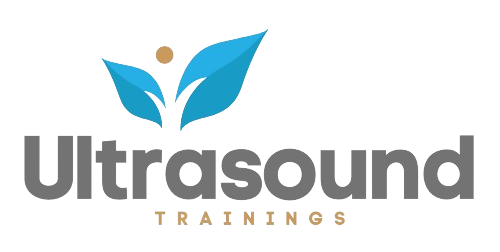Echocardiography training has become increasingly vital in medical education, particularly with the rise of focused cardiac ultrasound (FoCUS) as a critical tool in various clinical settings. This article explores the current landscape of echocardiography training, emphasizing the methodologies, challenges, and recommendations for effective learning.
Understanding Echocardiography
Echocardiography is a non-invasive imaging technique for assessing cardiac function and diagnosing cardiovascular diseases. FoCUS, a subset of echocardiography, allows for rapid evaluation of cardiac conditions at the point of care. It is essential in emergency medicine, critical care, and primary care settings where timely decision-making is crucial.
Types of Training Programs
Training programs for echocardiography vary widely in structure and duration. A systematic review highlighted that many learners can achieve competency in detecting left ventricular systolic dysfunction and pericardial effusion after approximately six hours of combined didactic and hands-on training. However, substantial agreement with expert echocardiographers can be achieved in as little as three hours under optimal conditions.
Curriculum Components
Effective training typically includes:
- Didactic Learning: This involves lectures and theoretical knowledge about cardiac anatomy, ultrasound physics, and interpretation techniques.
- Practical Hands-On Training: Learners practice scanning techniques under supervision, which is crucial for developing technical skills.
- Feedback Mechanisms: Instant feedback during practice sessions helps reinforce learning and correct mistakes.
Challenges in Learning Echocardiography
Despite its importance, several challenges hinder effective learning in echocardiography:
- Technical Skills: Many learners struggle with handling the ultrasound probe and understanding image projections.
- Theory-Practice Gap: Connecting theoretical knowledge with practical application remains a significant hurdle.
- Resource Availability: Access to high-quality training resources and equipment can vary significantly across institutions.
Recommendations for Effective Training
To enhance echocardiography training outcomes, several strategies can be implemented:
Standardization of Training Protocols
Developing standardized guidelines for FoCUS training can help ensure uniformity in education across different medical institutions. Recommendations suggest incorporating a minimum number of supervised scans and didactic hours tailored to specific clinical roles.
Incorporation of Simulation Training
Utilizing simulation-based training can provide a risk-free environment for learners to practice their skills. Studies indicate that simulation can be an effective adjunct to traditional teaching methods, allowing learners to gain proficiency before engaging with real patients.
Continuous Assessment and Quality Assurance
Ongoing assessment of skills through regular competency evaluations can help maintain high standards in echocardiography practice. Incorporating quality assurance measures ensures that practitioners continue to meet competency benchmarks throughout their careers.
Conclusion
Echocardiography training is essential for modern medical practice, particularly as FoCUS becomes more prevalent across various specialties. By addressing the challenges associated with learning this complex skill and implementing structured training programs, healthcare professionals can enhance their diagnostic capabilities, ultimately improving patient outcomes. Integrating standardized protocols, simulation training, and continuous assessment will be critical in shaping the future of echocardiography education.


